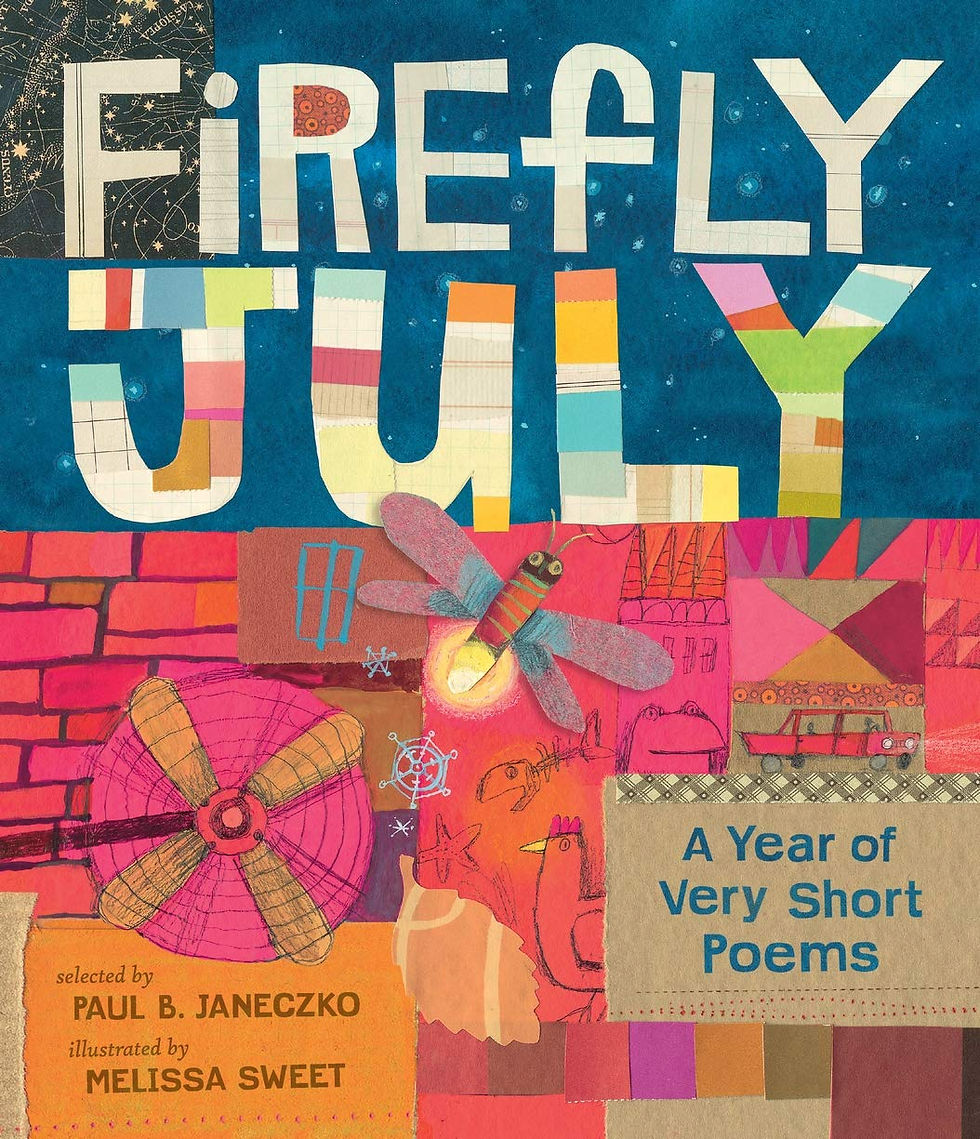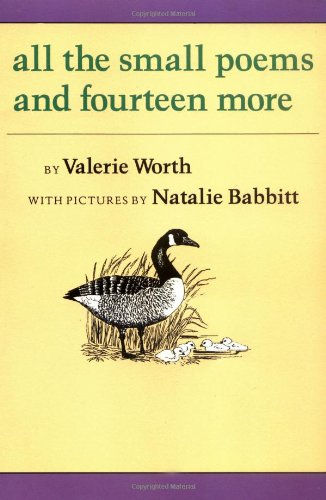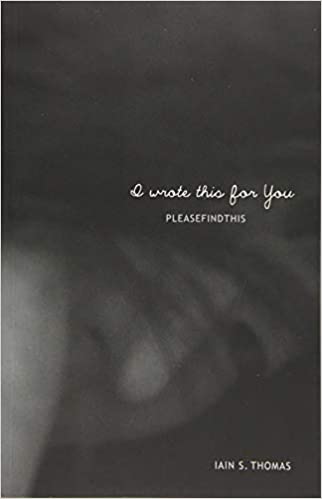|Poetry|
- Cassidy Harris
- Mar 17, 2021
- 11 min read
Let's Talk About Poetry
Personal feelings about reading and writing poetry
Growing up, Poetry was a concept that I often avoided due to the fact that I believed myself to be incapable of success. I never viewed poetry as a way to freely express myself without the construct of traditional syntax and grammar, for it was something with confusing rubrics and rules that I simply struggled with. Poetry was the Clubber Lang to my Rocky Balboa, but, if you know the story, that struggle was not the end.
John Green’s novel The Fault in Our Stars is what ultimately made me fall in love with poetry. The novel had so many poetic elements that made me connect to a story in a way I had never before. Two of my favorite poems from this story are, “My thoughts are stars that I cannot fathom into constellations,” and “Some infinities are bigger than other infinities.” I could go on with enchanting poems that fill this book’s pages, but the real reason I included my John Green story is that I am sure I would not feel the way about reading and writing poetry now if it weren’t for this novel.
Poetry is an escape for me. I find myself in the poetry section at Barnes and Noble every time I make the drive to visit the book haven. I feel as if reading poetry is a way to connect with your thoughts. Thoughts are so beautiful, but like a roaring sea or soft wind, we often forget to actually acknowledge the beauty within because of the busy, on-the-go nature that we face in our daily lives. Writing poetry is a way that we can save our thoughts for later, revealing the emotions we once felt as a reminder of where we were… and where we are going. I mentioned that without John Green’s words, through Hazel Grace and Augustus Waters, I would not be where I am today in regards to poetry. This is because of the really harsh and tiresome experiences that I had with poetry in school. I am probably going to look like an awful English language arts teacher for saying this, but I can not tell you one time that I was in love with a classic poem presented to me in grade school. Shakespeare was met with a teacher who said everything was wrong on my paper except for my name, and I was never engaged enough to want to read the works. However, I always knew that a poet was inside because I can vividly remember trying so hard to write my feelings out in my little notebook as a child, but I was never able to figure out the “how” side of poetry. Venturing out of the traditional classroom content of reading and writing poetry, by happenstance, was such a pivotal experience for me. I was finally given the guidance to let my inner poet shine through. My favorite poetry books to purchase were from the author Rupi Kaur and any others that were sitting around her on the shelf. I would say the poetry I gravitate towards is heavily based on personal reflection or romance. My love for poetry has grown, and that love has been a staple of my teaching.
My favorite poetry/poets that I have brought into the classroom thus far are Edgar Allen Poe (a classic! I never thought I would say I love Poe, but here we are.), Kobe Bryant, and, any music that students may relate to. I will talk for a moment about my favorite experience with using poetry in my classroom, which is when I incorporated Dear Basketball in my classroom during student teaching. Students were so against poetry, and I had been in their shoes once-- I understood. I introduced Kobe’s work by asking students if they knew who this man was. Of course, this was in February of 2020, so Kobe’s name was one you would see anytime you opened any social media app due to the tragic death of him, his daughter, and friends in January of 2020. Asking students about Kobe opened a whole new can of worms, it is amazing what happens when you mention something that is relevant to students’ lives. Anyway, the interactions students had with this poem were so powerful. I had students do an agree-disagree activity that allowed them to open up to myself and their peers, had students write their own versions of the poem (e.g., like a remix), and more. I had students who had never written a thing drawing beautiful art and writing beautiful words during this unit. This is why I choose to bring poetry into my classroom-- it allows students to open up when they feel silenced. And, isn't that our jobs as educators? To make sure that students’ find their voice, power, and strength as writers, readers, and individuals?
Teaching poetry
I have only taught poetry during student teaching, but I am so eager to get into my own classroom and begin using teaching strategies for poetry that I have learned from professors, peers, and mentor texts. This week I read from Awakening the Heart by Georgia Heard. While this is a “textbook” by definition, it also provides words that will pull on your heart strings as an educator. She provided some of the best advice for bringing poetry into the classroom that I have ever received. Some of my favorite ideas that were inspired by Heard’s text include:
Posting pictures in the classroom. I write a lot of my poetry based on scenes, images, or photographs. Bringing in these media forms, I believe, would be so beneficial for student writers. However, I think it is important to pick out strategic photographs that relate to students on a personal note. Much like Kobe’s poem did for my students in regards to inspiration, photos should be used as a means to engage students in meaningful writing opportunities. Two things I would possibly do to bring photos into the classroom would be to…
Create an interest inventory for students to complete to give insight into their interests. For example, if students indicate they love all sports, post at least one image of an iconic moment in sports history. If students open up to tell us their interests, I firmly believe that we should use that for the betterment of their experiences in the classroom.
Take students on a scavenger hunt to take pictures of the world around them. Have students take iPads or disposable cameras around the school campus to take pictures. Encourage students to take pictures of objects that are meaningful to them, like their lunch table that they sit at with their friends every day or the music room where they get to sing their favorite songs. The images the students capture can be used for inspiration to write poetry, but also as a gallery for the classroom!
Creating a classroom or school living anthology. Heard defines a “living anthology” as “a collection of poems that come alive on the walls of the classroom, school, town, subway, or streets so that poetry can become a familiar and everyday presence in people’s lives.” I think there is so much opportunity within a living anthology. It is a way to connect students beyond the classroom, moving to connections in the school and community. I would suggest collaborating with administrators and colleagues to come up with a way to create a living anthology in the school environment. How powerful would it be for students to have various poems that they all can relate to at some level? Another suggestion would be to reach out to the community and see if there are any poetry organizations around that may want to help bring the anthology together outside of the school community. There are so many possibilities with this!
Poems as gifts are so powerful, for these gifts may be those types of gifts that change you forever. In school, I was constantly told I couldn’t do something, couldn’t achieve my dreams, etc. However, I had one teacher that made me believe that I could with a few simple words: “You’re going to do great things, kid. Don’t listen to the noise.” I considered the words to be a poem I would keep with me forever. Those are the types of gifts I want to give my students, and that I want my students to give to one another. One way to give the gift of poems would be to assign students partners that they are in charge of finding a poem for maybe once or twice a week. Students would get to know their peers in a way that allows them to seek out poetry that they think may be a great gift to their friend. For example, if a student opens up about not making the debate team, a student may gift them “Still I Rise,” by poet Maya Angelou.
Whatever lesson you choose to incorporate into your learning environment, I think we should all aim to reach the goal that Heard describes in her text: “Maybe that should be our goal: for every child to feel so connected to poetry that they too want to slip a poetry book into their jackets, to keep them company at home, and for all of their lives.”
How you could create a “Poetry Environment” in your classroom
Creating a “Poetry Environment” is something I think about a lot due to my own experiences as a student. I think there is a huge lesson to be learned in Amy Krouse Rosenthal’s Textbook: to be free. Students should not be restricted to harsh rubrics and one poet while interacting with poetry. The fact is that poetry is often left out of the classroom because it is hard for teachers to get comfortable with the uncomfortable. Poetry is the genre of emotion and feelings, and giving students this outlet will call for words to be shared that may not always be the most conservative or conventional. I think there is also validity to the discomfort new material brings to educators. While the classics are beautiful and can be relevant to many students, that does not mean it has to be the only thing we present them. I love books like Firefly July selected by Paul B. Janeczko and Out of Wonder by Kwame Alexander. These books are filled with poets from diverse backgrounds that allows students to experience different styles, subjects, and so much more! Rather than sticking to one author for an entire year, we can use these books to inspire our students to make connections with various authors. Another book that I love is all the small poems and fourteen more by Valerie Worth. Sometimes one author can write poems that hit so many different areas that students may relate to. For example, some students would not relate to a poem about cats, but a deep connection may be made with her poem about cows. This is a classic example of an author appealing to multiple interests.
SO, the question still standing is how would I create a “Poetry Environment?”. Here are the highlights:
Never tell a child they are wrong when it comes to poetry. I think the worst thing to do is tell a student their answer is wrong when poetry is meant to be interpreted differently by each new reader. This should lead into writing as well. I do not think red ink telling students their ABAB structure is off is the way to go. Students will learn with practice. If you feel a student needs guidance when reading poetry, begin again and have students analyze the key areas of the poem for hints as to what the message from the author may be. If a student is not performing well in a certain poetic format, go back and have them brainstorm what words may work in certain lines (e.g., Okay, so two lines ago ended with “drain.” What word could we use to connect to “drain?”. Remember, it needs to rhyme with “drain,” like the word “rain”!). Bottom line, don’t tell students they are blatantly wrong when it comes with poetry, help they grow as poets and consumers of poetry. This may be the one area of writing where you see students truly open up.
Georgia wrote: “A classroom environment can send out messages: that all of our students’ lives matter; that every voice is worth listening to; and that students can take risks in writing poems about whatever their hearts urge them to write.” I will be sure to use this statement to guide the creation of a classroom environment that fosters poetry. Firstly, all students should know their lives and their peers’ lives matter. Through poetry, they can express themselves in a way that does not have boundaries or requirements. Students should write about topics that interest them. For example, one student may use poetry to release stress about a situation at home, while another student may write about the stress they face at band practice. All of our students are so different, but they all matter equally. It is difficult to open up because there is a comfort in leaving troubles behind when in the classroom or school environment. Again, just as teachers may feel discomfort in the newness of writing and reading poetry, students may feel the same when emotions are brought into the classroom. Establishing a space where voices are heard and uplifted is so important. I would consider making a “poet’s oath,” with the help of my classroom. Students could come up with rules that apply to the whole class as to what it looks like to be a respectful poet. An example would be:
Rule: We will listen with open ears and kind hearts when our peers present their poetry.
How Does it Look?: When our peer is reading a poem, we have our eyes and ears on them and our mouths closed. When they finish, we do our poet snaps to symbolize that we love their words.
I think there needs to be a space that fosters all of my students writing in some way. I hope to have centers where students can write in a way that best suits their needs and comfort levels. For example, students’ writing spaces could be under desks, by windows, against a wall, or simply sitting at their desk. Intentional seating and flexible seating is a highlight I hope to accomplish in my future classroom, for I think it is an easy and important way to get students in their writing and reading zones!
All in all, establishing a respectful classroom environment will ultimately lead to a “Poetry Environment.” I can’t wait to help students find their voices through poetry and help them to form connections with specific authors and poems. One poem can truly change the trajectory for students, much like the words of my high school teacher did for me.
My criteria for how I know I’ve read a really good poem
While the feeling of knowing that you have read a good poem is different for everyone, I definitely have my personal reaction to a really good poem. I know that I have read a good poem when I feel something. It is the tingling feeling in your chest. It is voicing “oh” or “wow” when a word, or words, is lifted off of the page. It is rereading the poem aloud to see if there is anything else there to enchant me. It is sending it to my mom and nana to read. It is putting it in my “teaching tools” folder on my laptop. It is comfort, peace, and calm.
I hope my students find the poem that makes them feel in awe and in desperate need to share it with the world. Poetry is the door to support and connection, which is the foundation on which I hope to build my first classroom. The beauty of poetry is all around us, and how exciting is it that we have the chance to share its beauty with our students?
----
While we are sharing, here is some poetry in my writer’s notebook that has been inspired by this week through readings and events. I hope to inspire you to share your poetry, no matter how vulnerable it may make you feel.
Resources:

Green, J. (2012). The Fault in Our Stars. Dutton Books.

Heard, G., & Nye, N. S. (1999). Awakening the heart. Heinemann

Janeczko, P.B., & Sweet, M. (2014). Firefly July. Candlewick Press.

Rosenthal, A.K. (2016). Textbook. Dutton.

Worth, V., & Babbitt, N. (1994). All the small poems and fourteen more. Square Fish.





















Comments